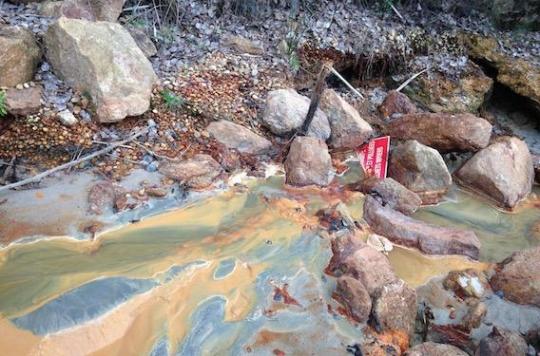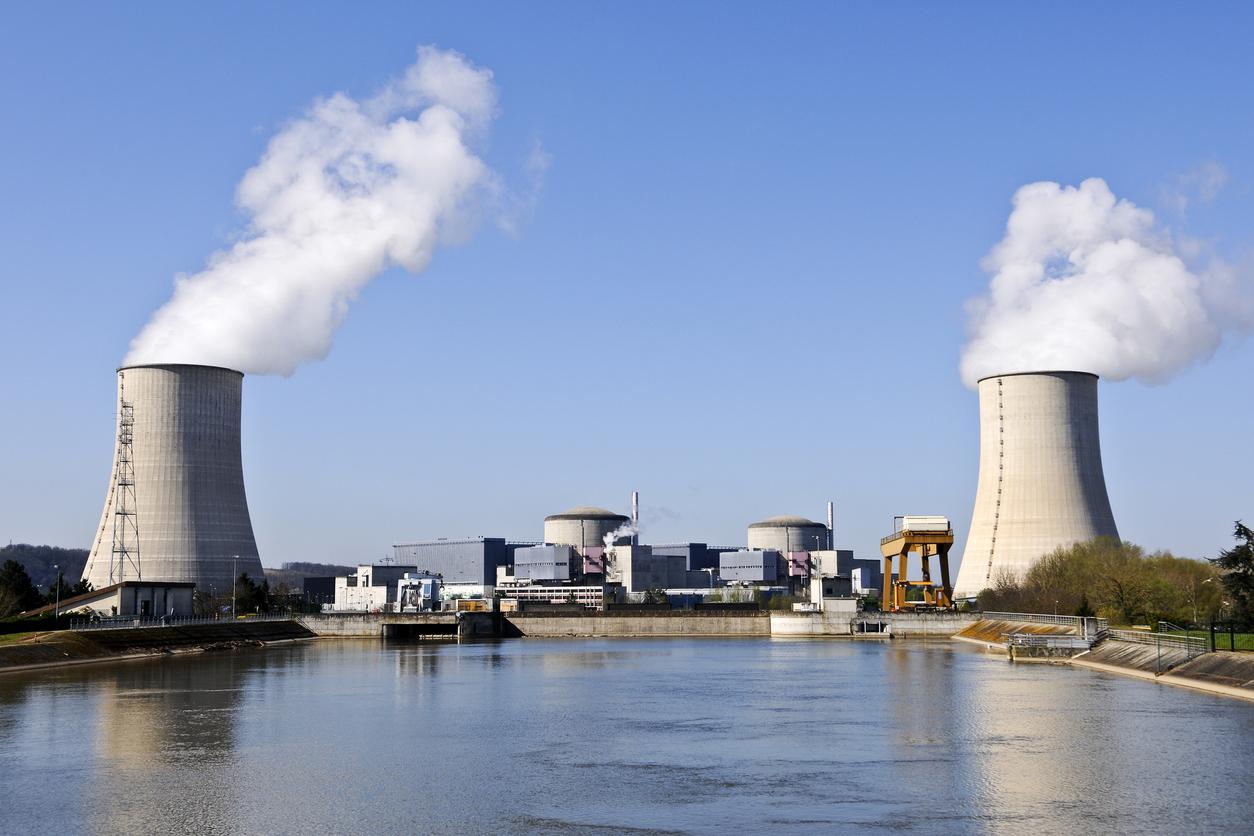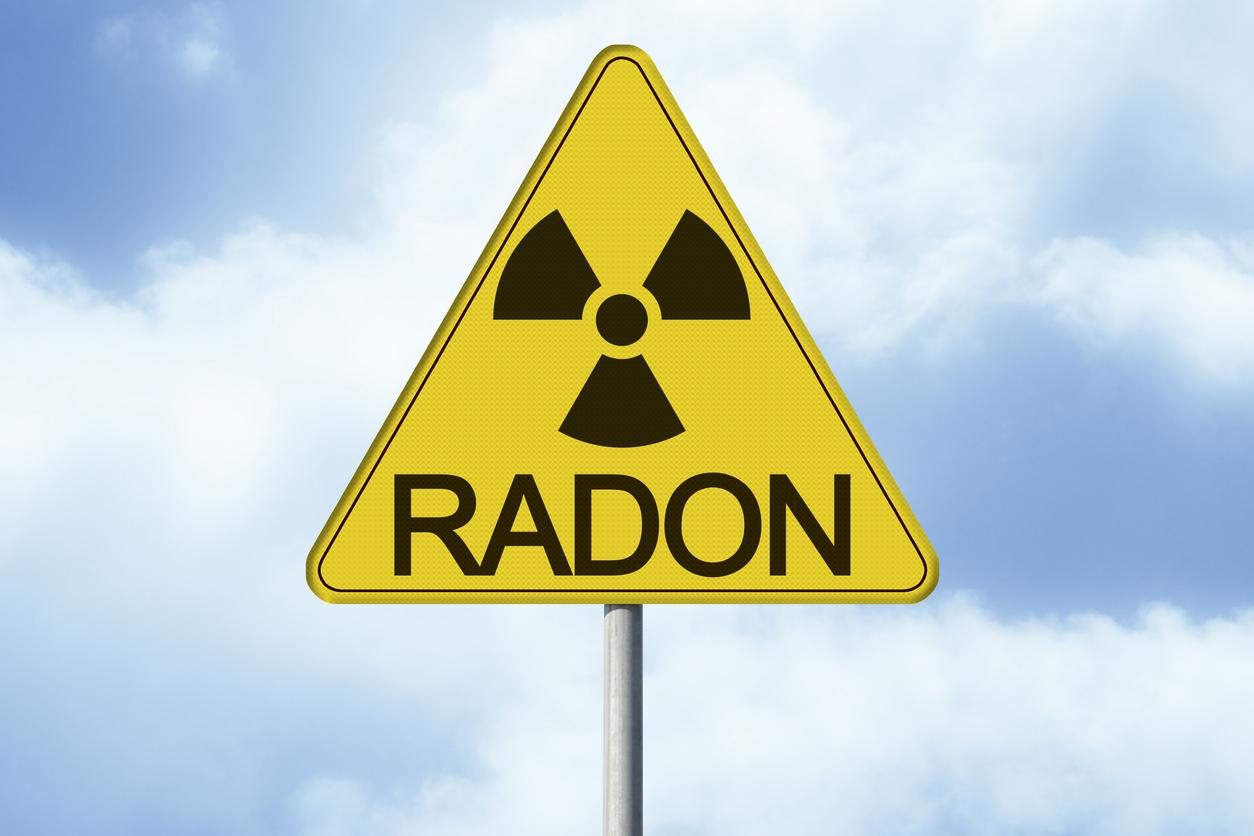Transient contamination of drinking water with arsenic in the 1950s led to an epidemic of cancer. Population monitoring shows that this poison has the longest latency of all known carcinogens.

By following the death rates of people exposed to drinking water contaminated with arsenic in 1958 in a region of Chile, researchers objected to signs of increase in lung, bladder and kidney cancer up to 40 years after exposure to arsenic.
The article published in the Journal of the National Cancer Institute shows that arsenic may have one of the longest latency periods of all known carcinogens.
Arsenic is carcinogenic
Studies have shown that drinking water contaminated with arsenic can cause skin cancers and several deep cancers, such as lung, bladder and kidney cancer, as well as cardiovascular disease and other effects. unwanted. Inorganic arsenic is naturally present in high levels in groundwater in many countries, causing public health problems affecting millions of people.
Arsenic pollution in 1958
Drinking water in the city of Antofagasta, in northern Chile, experienced a sudden increase in arsenic concentration in 1958. This contamination was followed by a significant reduction in exposure when an arsenic removal plant was set up in 1970. Antofagasta is located in a desert region, and living in this town during this period made it difficult for people to live in this area. people drink water polluted with arsenic, exposing residents to high concentrations of arsenic.
Increase in several cancers
The study finds that death rates from lung, bladder and kidney cancer increase about 10 years after the onset of exposures to high arsenic levels and do not peak until 20 years after the onset of arsenic. reduction of exposure. In both men and women, death rates for these types of cancers remain high for up to 40 years after the period of greatest exposure has ended.
A very long latency
Although the researchers plan to continue studying this population, they can already conclude that the time delay between exposure to arsenic and the development of secondary cancers could be one of the longest of all human carcinogens. These results not only provide scientific information on arsenic latency profiles, but they may also have direct implications for public health.
The long latency after its exposure means that the incidence of arsenic-related diseases is likely to remain very high for many years after cessation of exposures to high arsenic levels.
.

















